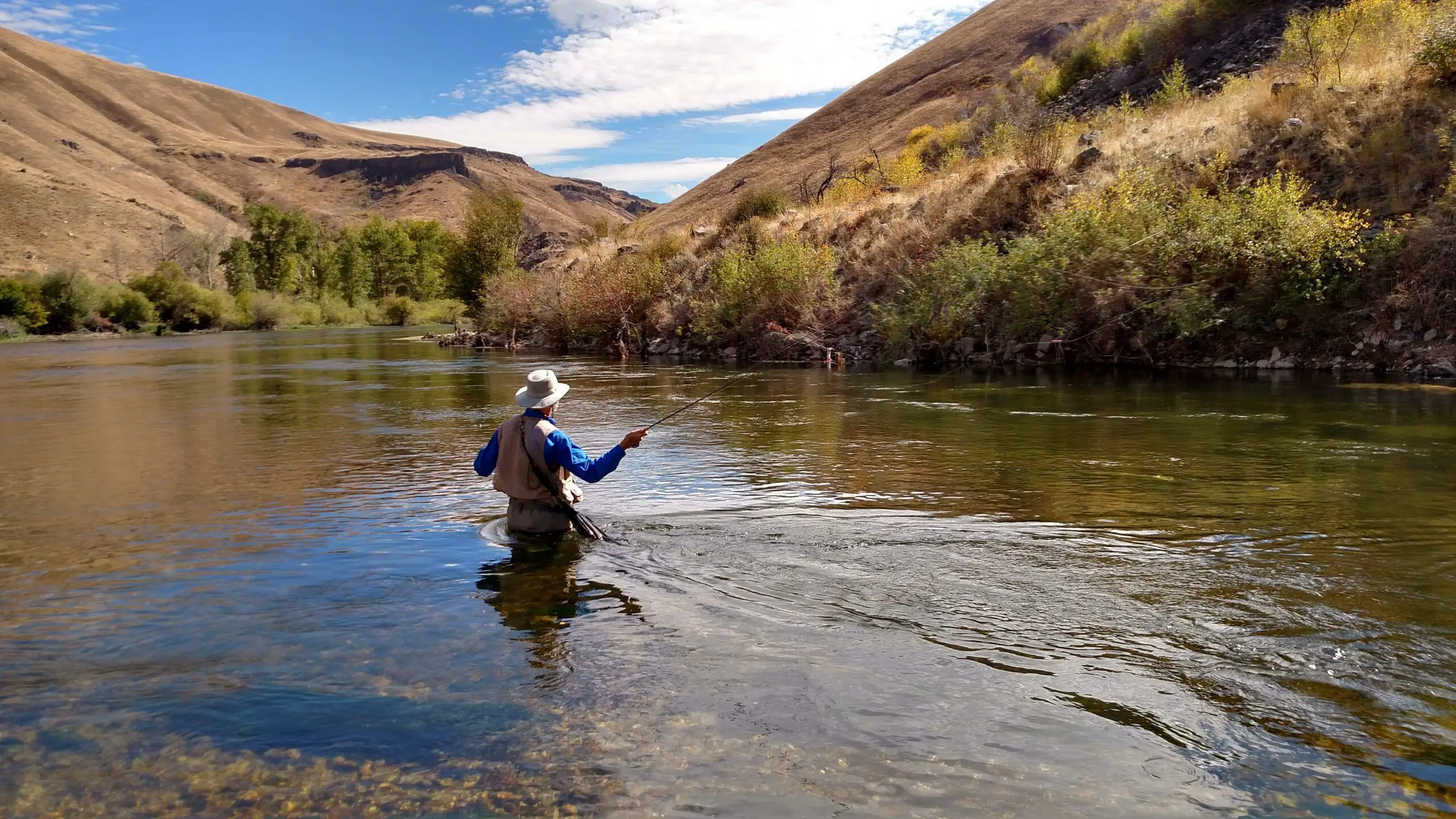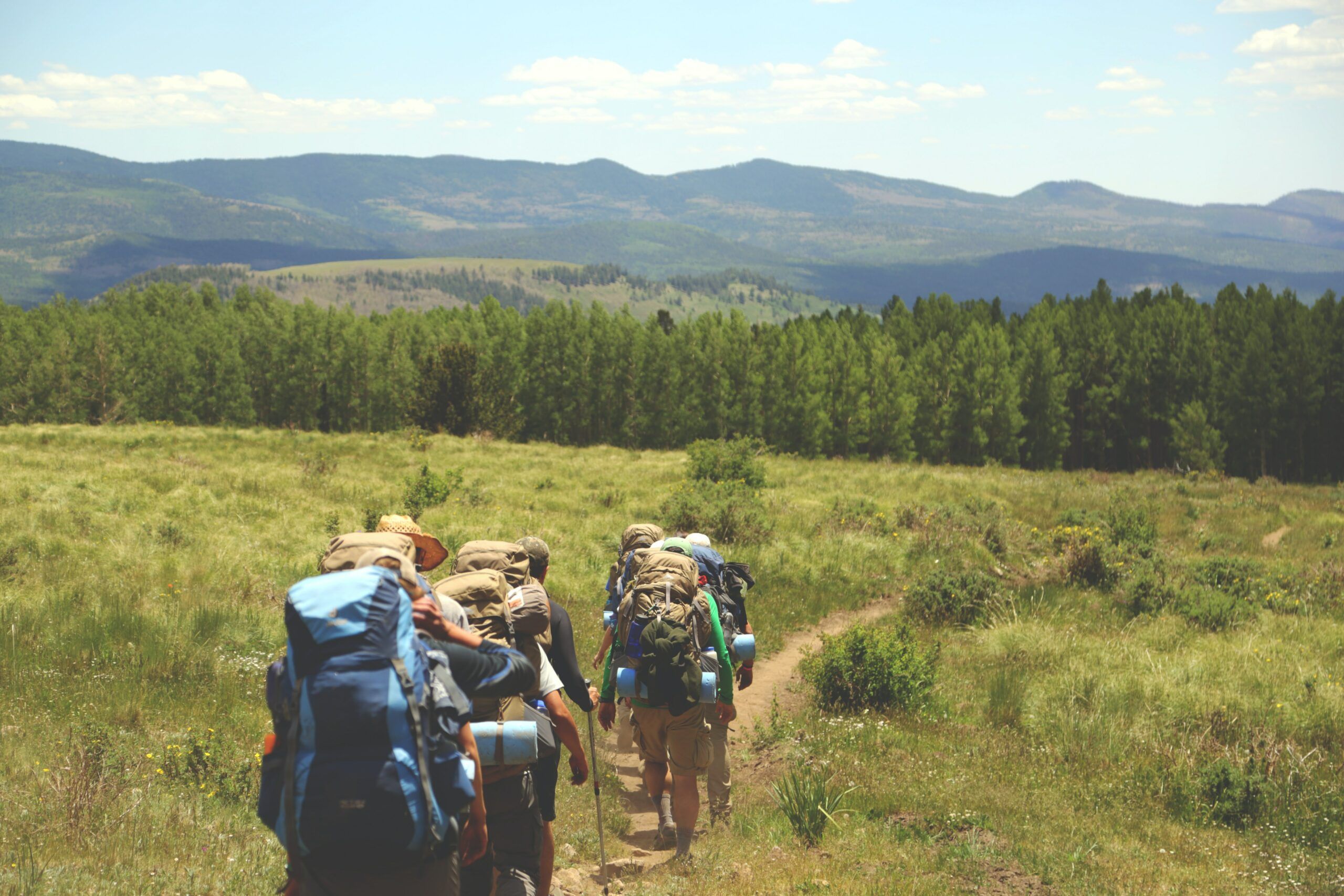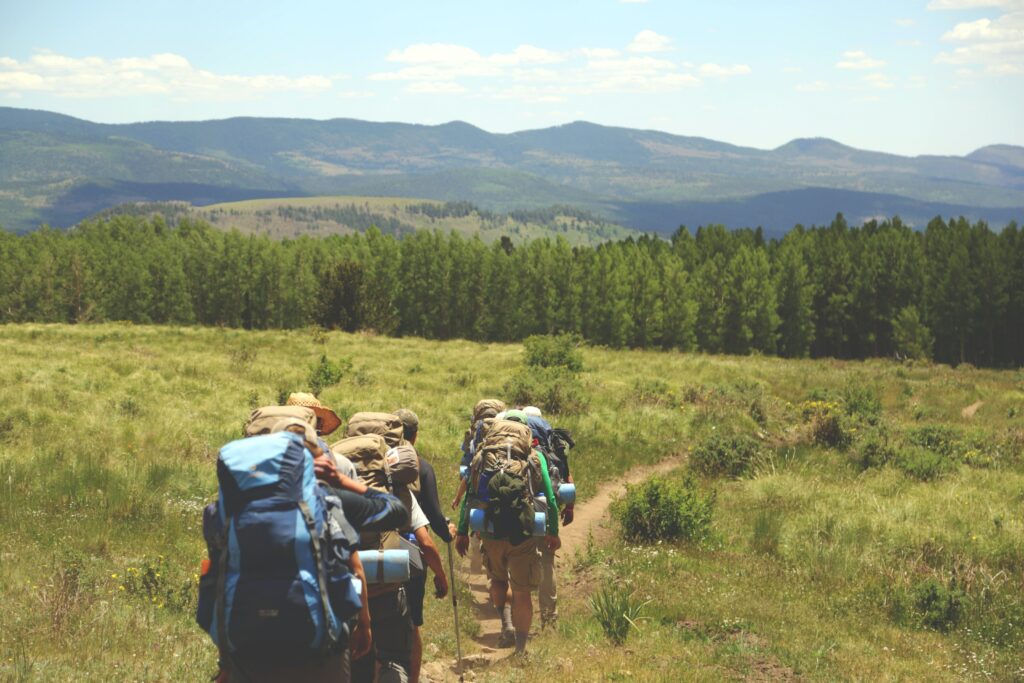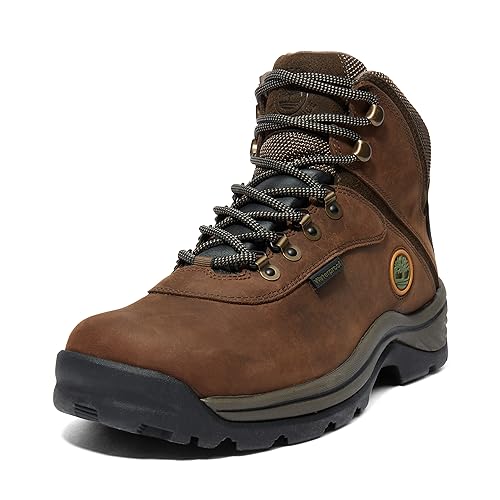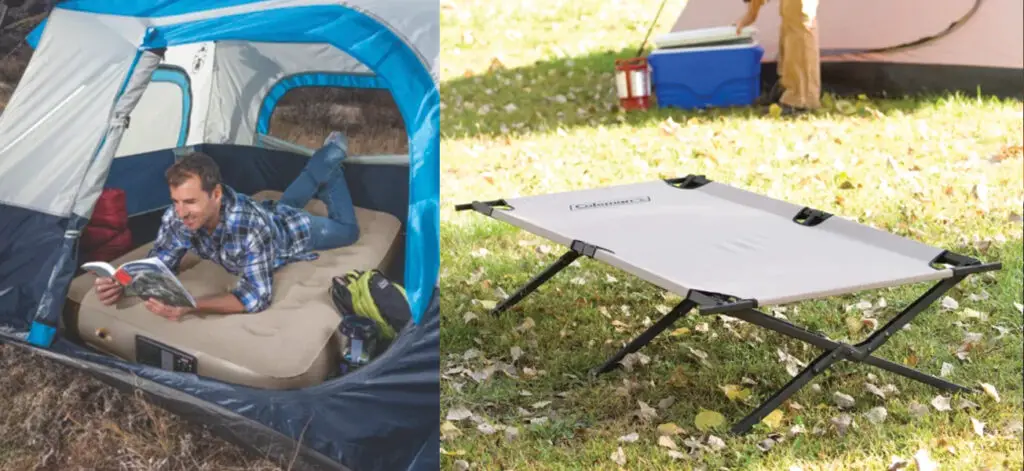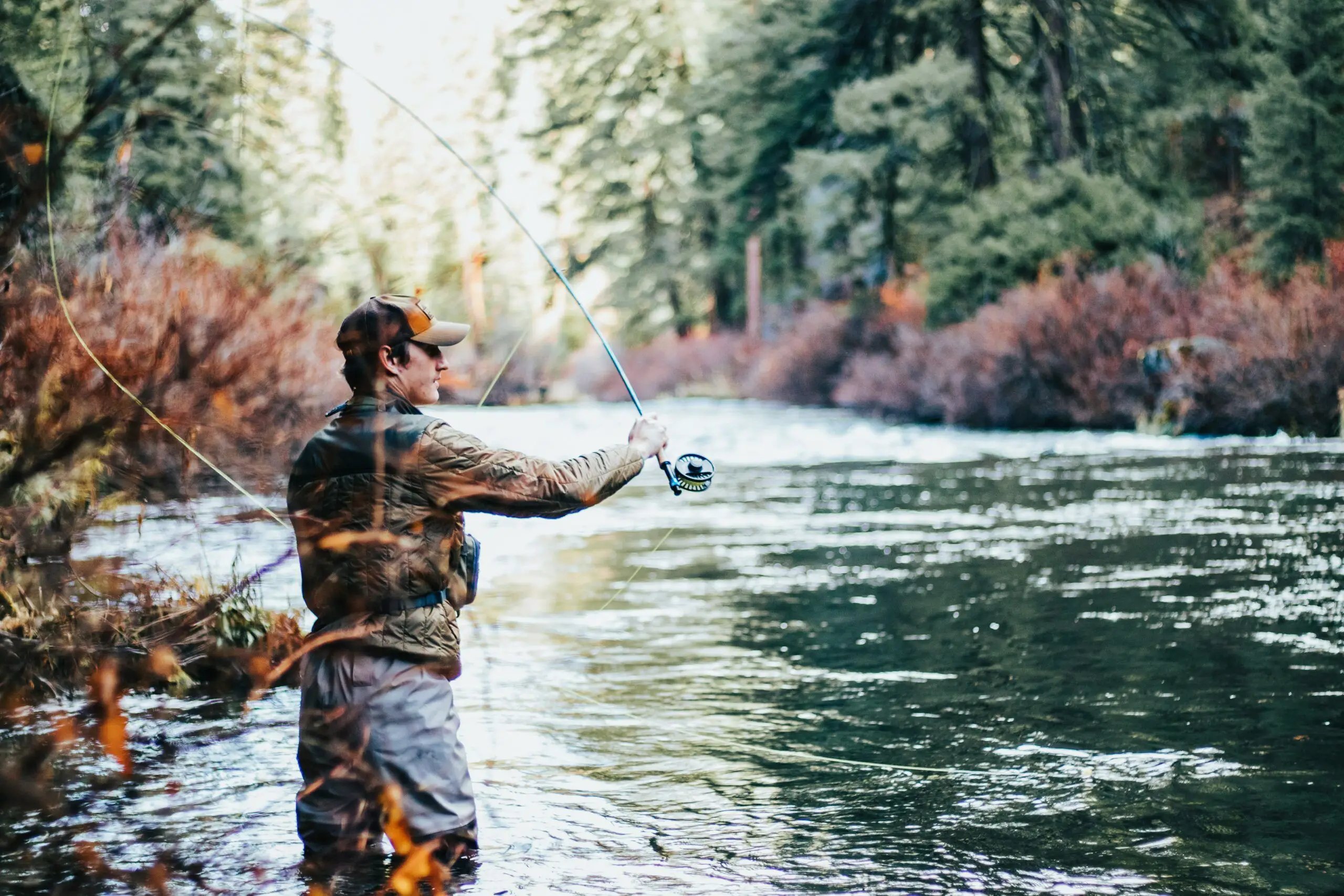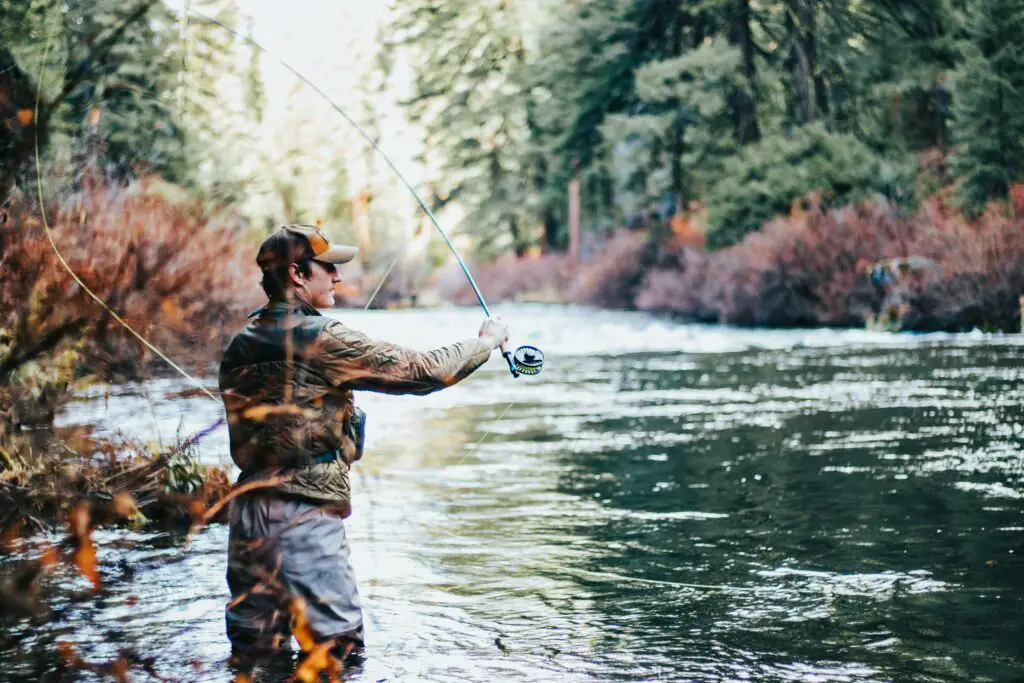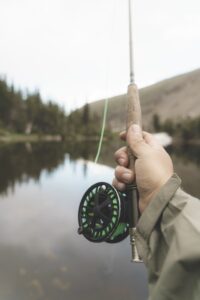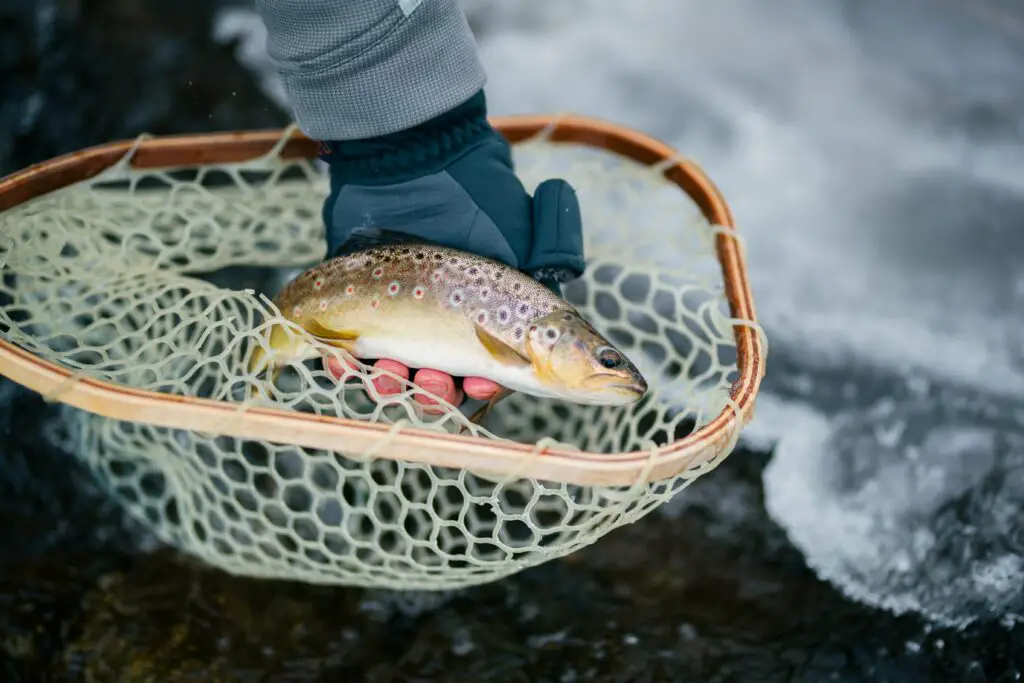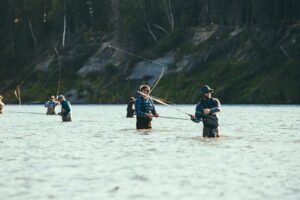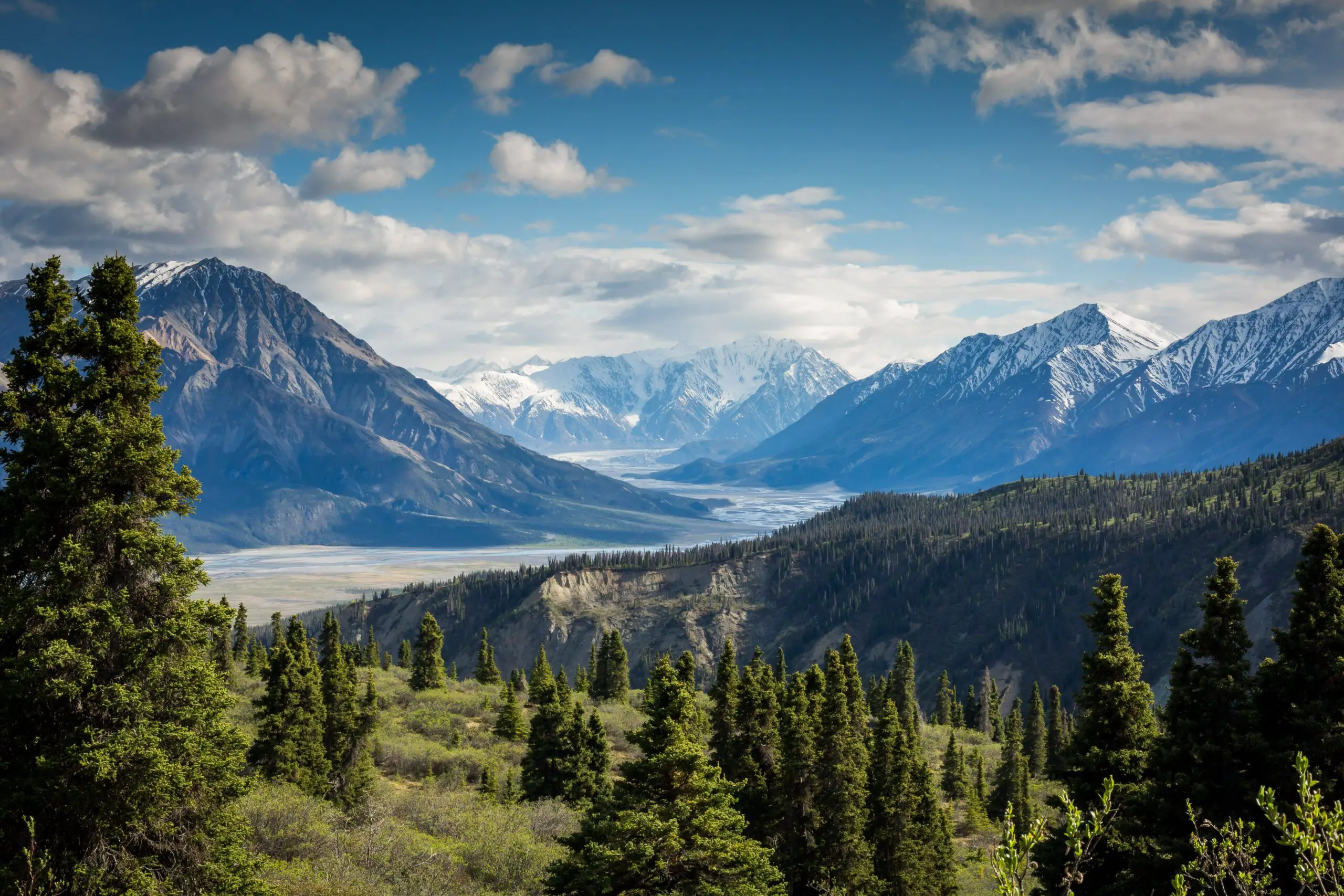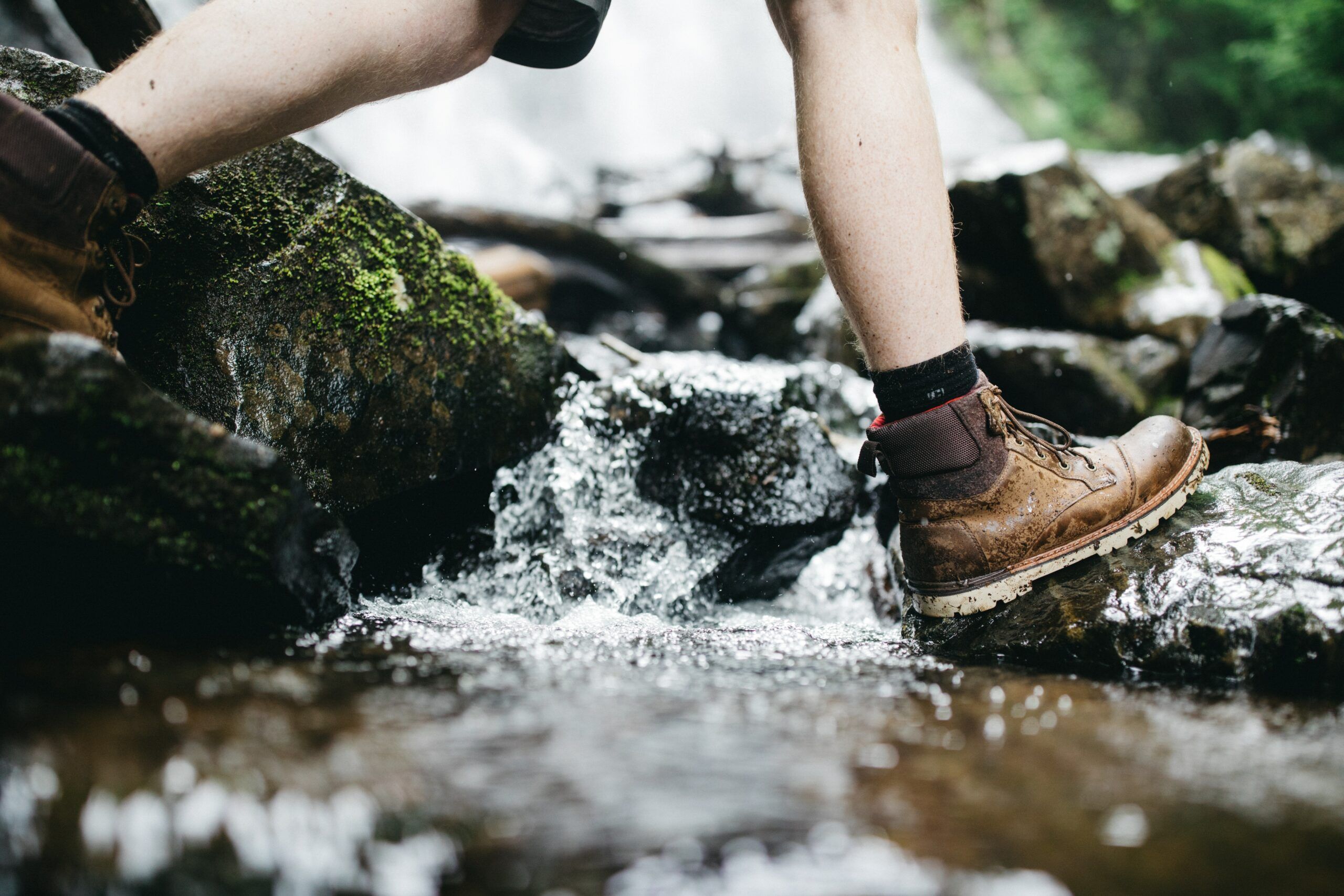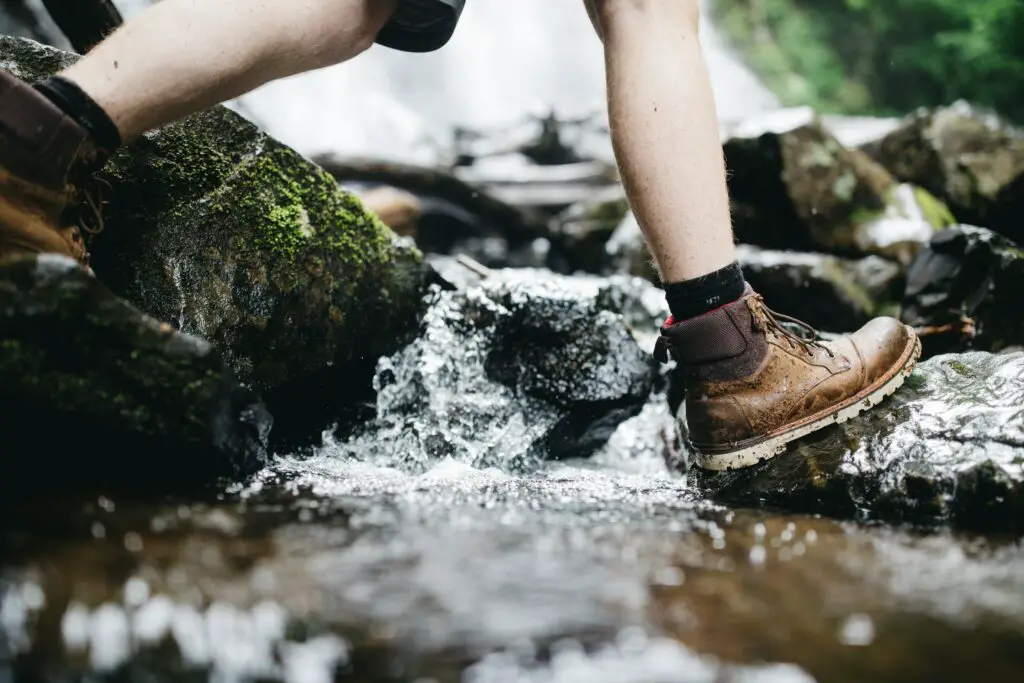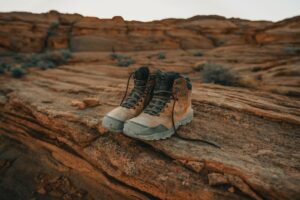The Ultimate Guide to Finding the Perfect Fly Fishing Spot
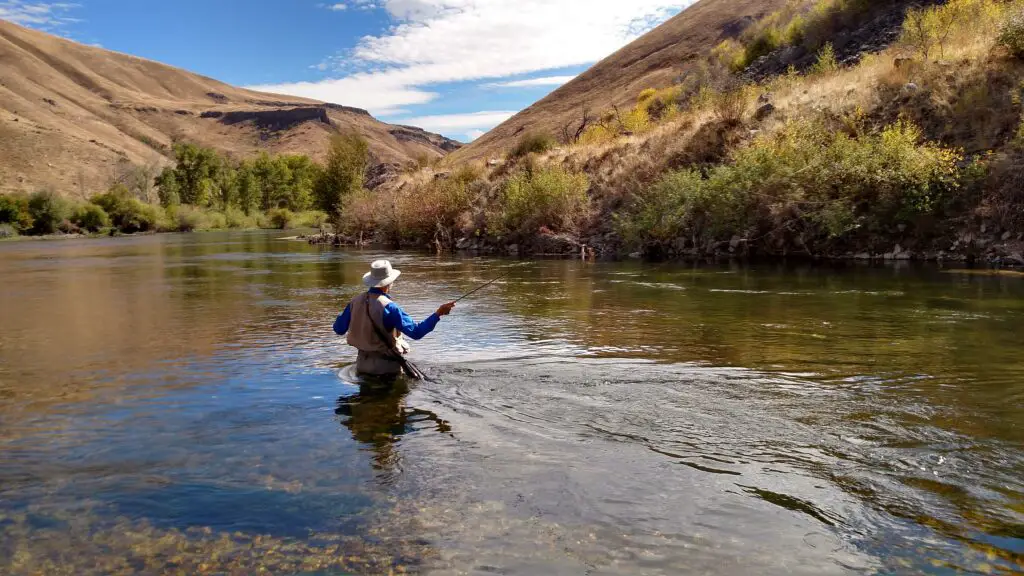
Fly fishing is a beloved pastime for many outdoor enthusiasts. At Outward Spaces, we’ve focused on why it’s better than traditional fishing in the past. There’s nothing quite like the feeling of casting a line and reeling in a big catch while surrounded by stunning natural scenery. But as any experienced angler knows, finding the perfect spot to fish can make all the difference.
Whether you’re a seasoned pro or a beginner, choosing the right location for fly fishing is crucial to your success and enjoyment. But with so many potential spots to choose from, how do you know where to start?
In this guide, we’ll cover everything you need to know to find the perfect fly fishing spot. From researching potential locations to evaluating water conditions and considering seasonal factors, we’ll provide you with the tools you need to make an informed decision.
So whether you’re looking for a peaceful escape to nature or the thrill of catching a trophy fish, read on to discover the ultimate guide to finding the perfect fly fishing spot.
Know Your Target Fish Species
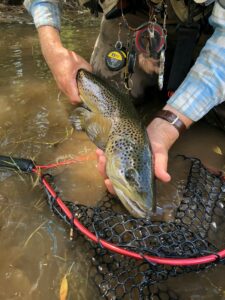
Before you set out on your fly fishing adventure, it’s important to know what type of fish you want to catch. Different fish species have their own preferred habitats, feeding patterns, and behaviors, so understanding these factors can help you choose the right spot for your fishing trip.
For example, if you’re looking to catch trout, you’ll want to look for clear, cold streams and rivers with plenty of oxygen and food sources like insects and small fish. If you’re targeting bass, you’ll want to focus on warmer water temperatures and areas with plenty of cover like fallen trees and weed beds.
Research the fish species you’re interested in catching and take note of their preferred habitats and feeding patterns. This will help you narrow down your search to locations that are more likely to yield a successful catch.
Additionally, it’s important to know the regulations and restrictions for the fish species in the area you’re planning to fish. Some species may be protected or have specific catch and release guidelines, so make sure you’re familiar with the rules and regulations before you start fishing.
Research Potential Spots
Once you have an idea of what fish species you’re targeting, it’s time to start researching potential fly fishing spots. There are a variety of resources you can use to find the best locations, including guidebooks, online forums, and local fly shops.
Guidebooks can be a great starting point for finding potential fly fishing spots. Look for books that focus on your target fish species and the region you plan to fish in. These books often provide detailed information on the best rivers, streams, and lakes in the area, as well as information on access points, local regulations, and recommended fishing techniques.
Online forums can also be a valuable resource for finding potential fishing spots. Look for forums that are specific to your target fish species or the region you plan to fish in. These forums often have discussions on the best spots to fish and can provide insight into local fishing conditions.
Another great resource is local fly shops. These shops often have staff who are experienced anglers and can provide recommendations on the best spots to fish in the area. They may also have information on local fishing conditions, including water levels, insect hatches, and recent catch reports.
When researching potential fly fishing spots, make sure to take note of any permit requirements or access restrictions. Some areas may require permits or have limited access during certain times of the year, so it’s important to do your research beforehand.
A great place to start your search for the perfect spot is on the Orvis website. They offer fly fishing reports for popular fly fishing spots around the US.
Consider Seasonal Factors
The time of year can have a significant impact on fishing conditions and the quality of your fishing experience. Before you head out on your fishing trip, it’s important to consider the seasonal factors that can affect fishing.
For example, water temperature plays a big role in fish behavior and feeding patterns. In colder months, fish may be less active and less likely to bite, while in warmer months, they may be more active and more likely to take your bait. Additionally, insect hatches and other food sources can vary depending on the time of year, so it’s important to be aware of these patterns and adjust your fishing strategy accordingly.
Another seasonal factor to consider is water levels. In the spring, water levels may be higher due to snowmelt and spring rain, while in the summer, water levels may be lower due to drought conditions. These changes in water levels can affect the behavior and location of fish, so it’s important to be aware of these patterns and adjust your fishing strategy accordingly.
When planning your fishing trip, do some research on the seasonal patterns for your target fish species and the area you plan to fish in. This can help you choose the best time of year to go fishing and adjust your fishing strategy to maximize your chances of success.
Evaluate Water Conditions
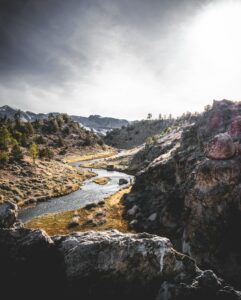
Once you’ve identified potential fly fishing spots, it’s important to evaluate the water conditions to determine if they’re suitable for your fishing trip. There are several factors to consider when evaluating water conditions, including water clarity, flow rate, and temperature.
Water clarity is an important factor to consider when evaluating a potential fishing spot. Clear water allows you to see the fish and their behavior, making it easier to target them with your fly. In murky water, fish may be harder to see and may not be as active, so it’s important to take this into account when choosing a fishing location.
Flow rate is another important factor to consider. Fish prefer areas with a steady flow of water, as this provides oxygen and helps transport food sources. However, if the water is flowing too fast, fish may struggle to swim and feed, so it’s important to find a balance.
Water temperature is also an important factor to consider. Fish are cold-blooded, so their body temperature is regulated by the surrounding water. Different fish species have different temperature preferences, so it’s important to know the ideal temperature range for your target fish species. Additionally, water temperature can affect fish behavior, with some fish becoming more active in warmer water while others prefer cooler temperatures.
When evaluating water conditions, it’s also important to consider any potential hazards or obstacles in the water, such as rocks or log jams. These can create areas where fish are more likely to congregate but can also pose a danger to anglers.
By evaluating water conditions before your fishing trip, you can choose a location that provides the best conditions for your target fish species and maximize your chances of a successful catch.
Look for Key Habitat Features
To find the best fly fishing spots, it’s important to look for key habitat features that attract fish. These features can include underwater structures, vegetation, and changes in water depth.
Underwater structures, such as rocks, logs, and ledges, provide shelter and hiding places for fish. These structures can also create eddies and currents that trap food sources, making them an ideal location for fish to feed. By identifying areas with underwater structures, you can increase your chances of finding fish.
Vegetation is another key habitat feature to look for. Plants growing in or around the water provide cover and shade for fish, making them feel more secure and comfortable. Additionally, aquatic vegetation can provide food sources for fish and attract insect hatches, which in turn can attract larger fish.
Changes in water depth can also be a key habitat feature to look for. Fish often congregate in areas where there is a sudden change in water depth, such as where a shallow riffle drops off into a deep pool. These areas can provide shelter, food sources, and oxygen-rich water, making them an ideal location for fish to congregate.
When scouting potential fly fishing spots, look for areas with these key habitat features. By targeting areas where fish are likely to congregate, you can increase your chances of a successful catch. However, it’s important to be aware of local regulations and fishing restrictions when fishing in areas with underwater structures and vegetation to avoid damaging the ecosystem.
Access and Crowd Considerations
When choosing a fly fishing spot, it’s important to consider access and crowd factors. While remote and secluded locations may offer the best fishing opportunities, they can also be more difficult to access and may have limited parking or facilities. On the other hand, popular fishing spots may be easier to access but can be crowded, leading to reduced fishing opportunities and a less enjoyable experience.
Consider the following when evaluating access and crowd factors:
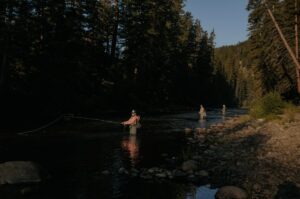
- Accessibility: How easy is it to get to the fishing spot? Are there any major obstacles or barriers that could make it difficult to reach? Consider the distance you’ll need to travel, the mode of transportation, and the time and effort required to reach the fishing spot.
- Facilities: Does the fishing spot have any facilities, such as parking, restrooms, or camping areas? These can be important considerations, especially if you’re planning an extended fishing trip.
- Crowds: How popular is the fishing spot? Are there likely to be a lot of other anglers fishing in the area? Crowded fishing spots can make it more difficult to find a good fishing location, reduce your chances of a successful catch, and detract from the overall fishing experience.
- Local regulations: Be sure to familiarize yourself with local fishing regulations and restrictions, including any fishing permits or licenses required. Some fishing spots may be restricted or off-limits during certain times of the year, or may have catch limits or equipment restrictions.
By considering access and crowd factors, you can choose a fly fishing spot that offers the best balance of fishing opportunities, convenience, and overall experience.
Conclusion
Finding the perfect fly fishing spot can be a challenging but rewarding endeavor. By following the tips outlined in this guide, you can increase your chances of finding a great spot that meets your needs and offers an unforgettable fishing experience.
Remember to consider the key factors when evaluating potential fishing spots, including your target fish species, seasonal factors, water conditions, habitat features, access, and crowd considerations. Take the time to research potential locations and familiarize yourself with local regulations and restrictions to ensure a safe and legal fishing experience.
Ultimately, the key to finding the perfect fly fishing spot is to keep an open mind, stay adaptable, and be willing to try new things. With patience, persistence, and a little bit of luck, you may just find your next favorite fishing spot.
Happy fishing!
Why is fly fishing better than traditional fishing? Read our article “Why Fly Fishing Offers a Unique Challenge.”
